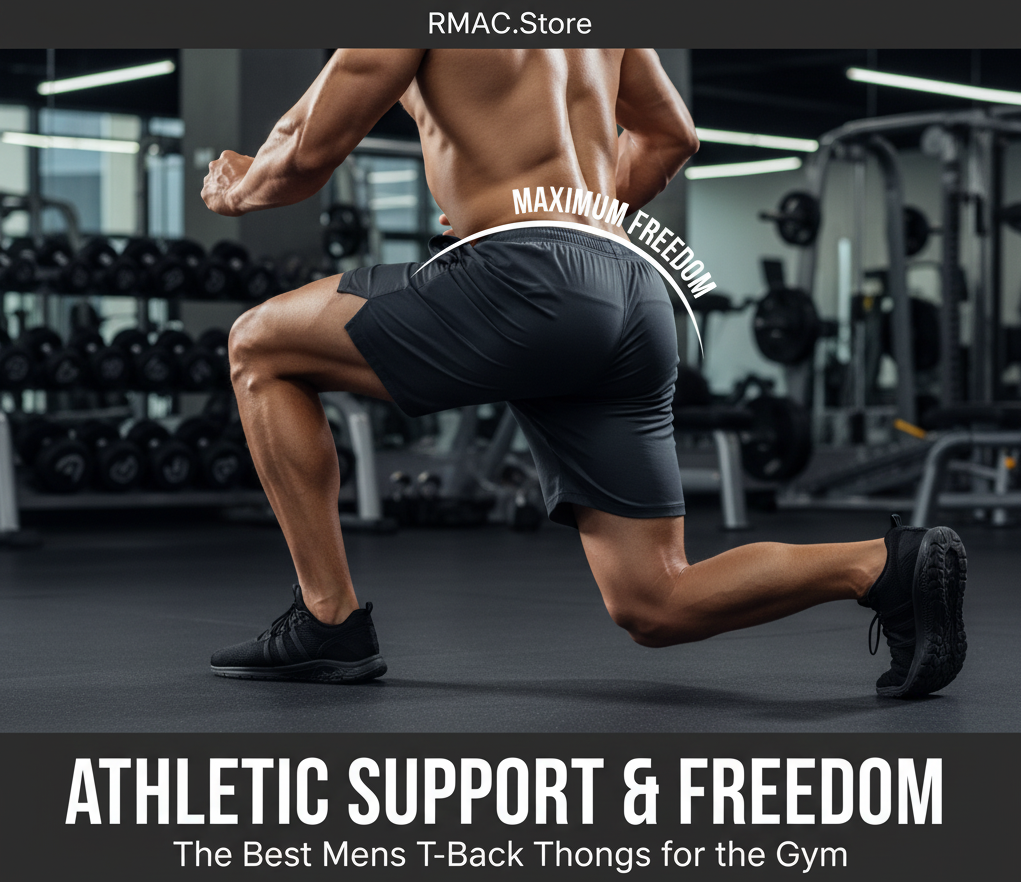Written By: Jared Mortensen
When shopping for underwear, you might come across various styles and designs that can sometimes be confusing. Two popular minimalist underwear options that often get mixed up are AG strings and thongs. While they may appear similar at first glance, there are distinct differences between these two undergarment styles that affect their appearance, comfort level, and functionality.
Understanding the difference between AG string and A thong can help you make better purchasing decisions based on your preferences and needs. Both styles offer minimal coverage, but their design elements, construction, and intended purposes set them apart. This comprehensive comparison will explore the key distinctions, advantages, and ideal uses for each style.
What Are People Searching About Underwear Styles?
Many shoppers search for information about different underwear styles before making a purchase decision. Common questions include how each style looks, which provides more coverage, and which is more comfortable for different activities. This article addresses these frequently asked questions about AG strings and thongs to help you choose the right style for your needs.
Basic Definitions: AG String vs. Thong
Before diving into detailed comparisons, let's establish the basic definitions:
AG String (also called G-string): An extremely minimal underwear style featuring a narrow piece of fabric that covers only the genitals in front, connected to a thin waistband by an even thinner string that runs between the buttocks, leaving the buttocks completely exposed.
Thong: A style of underwear that features more fabric in the front and a narrow strip of material (wider than a string) that runs between the buttocks, providing slightly more coverage than a G-string.
Design Differences
The main difference between AG string and A thong lies in their design elements:
Front Coverage
- AG String: Typically has a small triangular or pouch-like front piece that provides minimal coverage
- Thong: Usually has a larger front panel that offers more substantial coverage
Back Design
- AG String: Features an extremely thin string or cord that runs between the buttocks
- Thong: Has a wider strip of fabric (often called a "whale tail") that runs between the buttocks
Waistband
- AG String: Usually has a very thin waistband or string that sits on the hips
- Thong: Typically has a wider, more substantial waistband
Material and Construction
Material choices can further highlight the differences between these two styles:
- AG String: Often made with minimal material, focusing on lightweight fabrics like lace, microfiber, or thin cotton
- Thong: Available in a wider range of materials including cotton, microfiber, lace, and blends, often with more substantial construction
Purpose and Usage
Each style serves slightly different purposes:
AG String
- Primarily designed to eliminate visible panty lines under the most form-fitting clothes
- Often worn with extremely tight outfits, evening wear, or specific costumes
- Popular for special occasions rather than everyday wear
Thong
- Designed to reduce visible panty lines while providing slightly more comfort
- Suitable for everyday wear under regular clothing
- More versatile for various activities and outfits
Comfort Comparison
Comfort is subjective, but there are general observations about each style:
AG String
- Less material means less fabric that might bunch up
- The minimal string back can feel less intrusive for some wearers
- Can feel less restrictive for others
- May cause discomfort during prolonged sitting or active movement
Thong
- More fabric provides slightly more protection against chafing
- The wider back piece distributes pressure more evenly
- Generally considered more comfortable for extended wear
- Better suited for active lifestyles
Who Wears What?
Demographics and preferences often influence the choice between these styles:
- AG String: Often preferred by those who prioritize eliminating all visible lines under clothing, performance wear (dancers, performers), or for intimate occasions
- Thong: More commonly chosen for everyday wear, active individuals, and those seeking a balance between minimal coverage and comfort
How to Choose Between AG String and Thong
Consider these factors when deciding between the two styles:
- Outfit requirements: How form-fitting is your clothing?
- Activity level: Will you be sitting, standing, or moving actively?
- Personal comfort preference: How much fabric feels comfortable to you?
- Duration of wear: How long will you be wearing the undergarment?
- Body type: Which style complements your body shape better?
When to Wear Each Style
Specific situations may call for one style over the other:
Best Times for AG Strings
- Under extremely tight formal dresses
- With leggings or form-fitting athletic wear
- For photoshoots or performances
- For intimate occasions
Best Times for Thongs
- Daily office wear under regular clothing
- Active days with moderate movement
- Under slightly less form-fitting outfits
- When comfort needs to balance with minimal visibility
Misconceptions About Both Styles
There are several common misconceptions about both AG strings and thongs:
- Misconception: They're always uncomfortable
- Reality: Proper sizing and quality materials can make both comfortable for their intended use
- Misconception: They're only for certain body types
- Reality: Both styles can work for various body types when properly sized
- Misconception: They're only for younger people
- Reality: Age is not a determining factor for underwear choice; personal preference is what matters
Summary
The main difference between AG string and A thong comes down to the amount of material used and the resulting coverage. AG strings offer minimal coverage with an extremely thin back string, making them ideal for eliminating visible lines under the most form-fitting clothes but potentially less comfortable for extended wear. Thongs provide slightly more coverage with a wider back strip, offering a balance between comfort and minimal visibility suitable for everyday wear.
Your choice between these styles should depend on your specific needs, the outfits you'll be wearing, your comfort preferences, and the activities you'll be engaging in while wearing them. Understanding these differences allows you to make informed decisions about which style works best for different situations in your life.
Real Men Apparel Company offers a premium line of men's underwear including both thong and G-string options designed with superior materials and thoughtful construction. Their collection focuses on providing options that combine style with functionality, ensuring that men can find the right underwear style for every situation. With an emphasis on quality fabrics, proper sizing, and anatomical support, Real Men Apparel's minimalist underwear options provide comfort without compromising on style or performance for the modern man.

